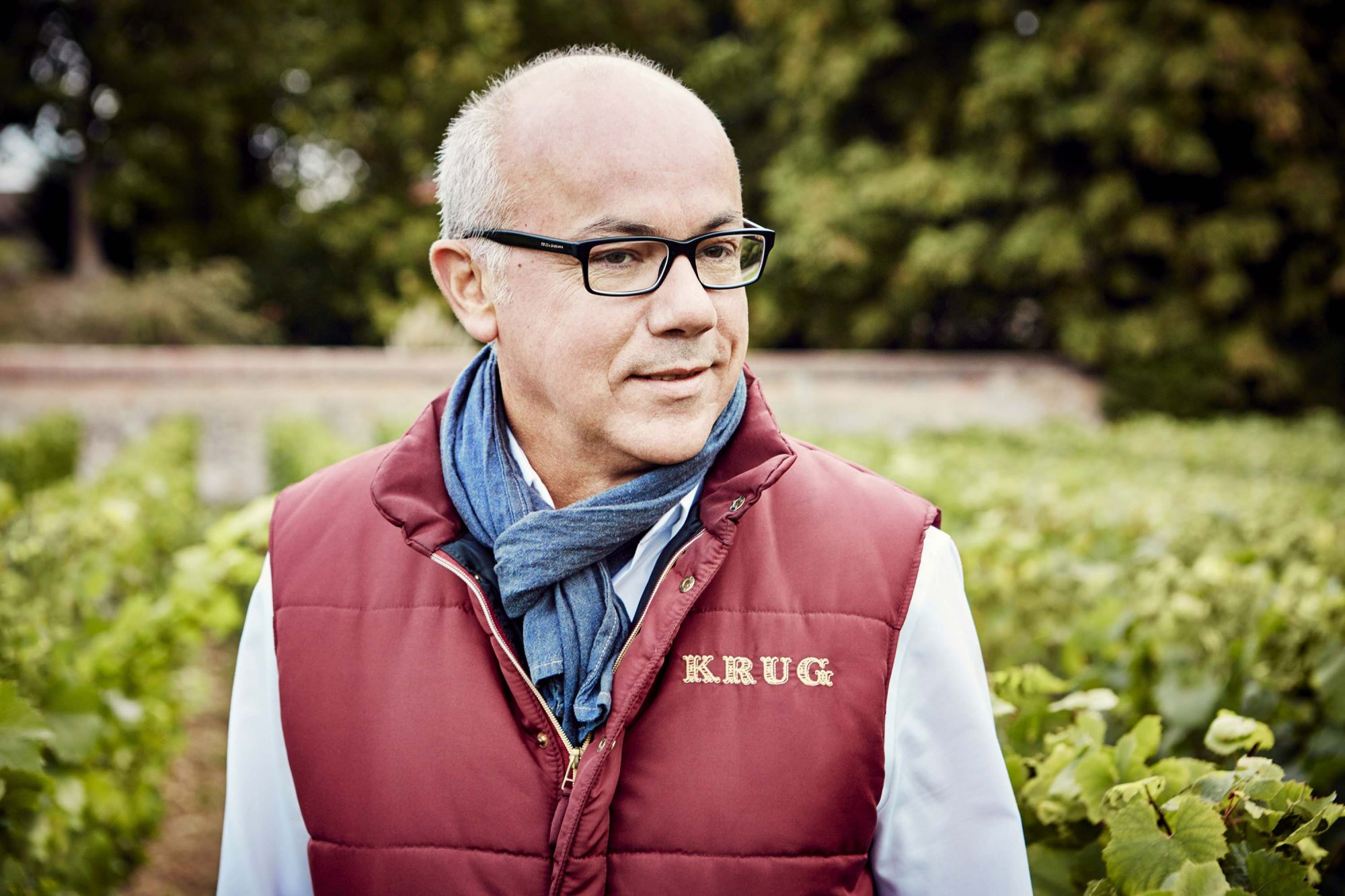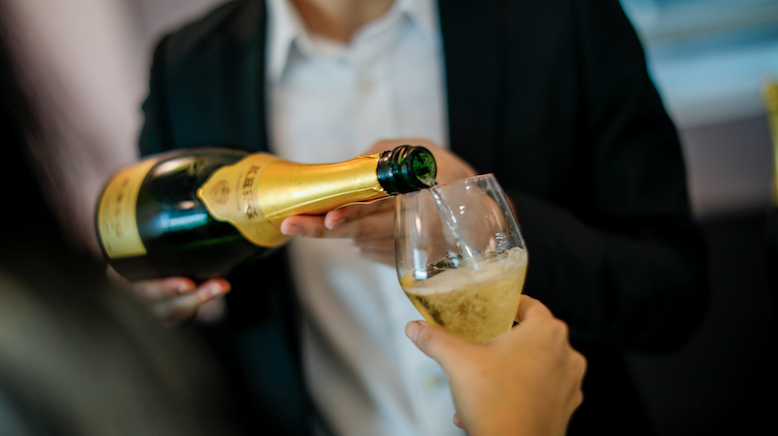The 166th edition of the Krug Grande Cuvee is a blend of 140 wines from 13 different years, with the oldest being a 1996, and the youngest, a 2010
While most winemakers are worried about global warming, Eric Lebel of the House of Krug, thinks it’s advantageous for the region of Champagne. “[With global warming], we now have a higher concentration of sugar in the grapes. We are getting more consistent ripeness, which is crucial to a good harvest,” said the 57-year-old, who joined Krug as its chef de cave or cellar master in 1998.

Consistency is the key word for Lebel, the man responsible for putting together the assemblage or blend for Krug Grande Cuvee, the maison’s flagship, non-vintage bubbly. Every October, Lebel pores over more than 250 wines from the harvest, and a further 150 wines from the house’s reserve collection in the cellar. Come March, Lebel rounds up his tasting notes and those of his tasting committee, and starts creating the blend for the Grande Cuvee, which is then aged in the cellar for at least seven years before release.
Unlike for vintage champagnes, Lebel’s aim is to make the Grande Cuvee taste the same with each edition. Each Grande Cuvee is usually a blend of over 120 wines from 10 different years or vintages; a style that Lebel says is the “fullest expression of Champagne”. (No other maison has that many wines in their non-vintage blend.)


